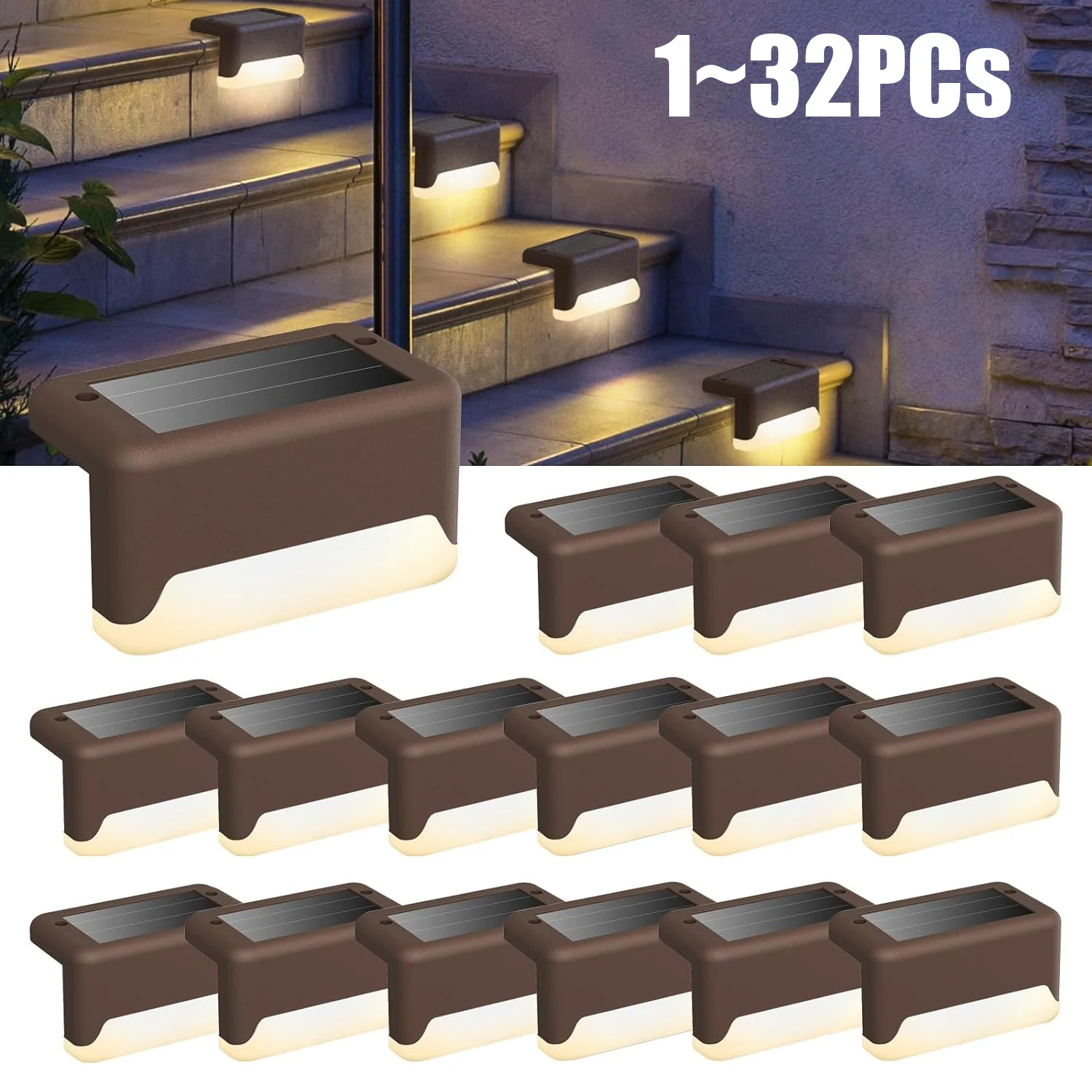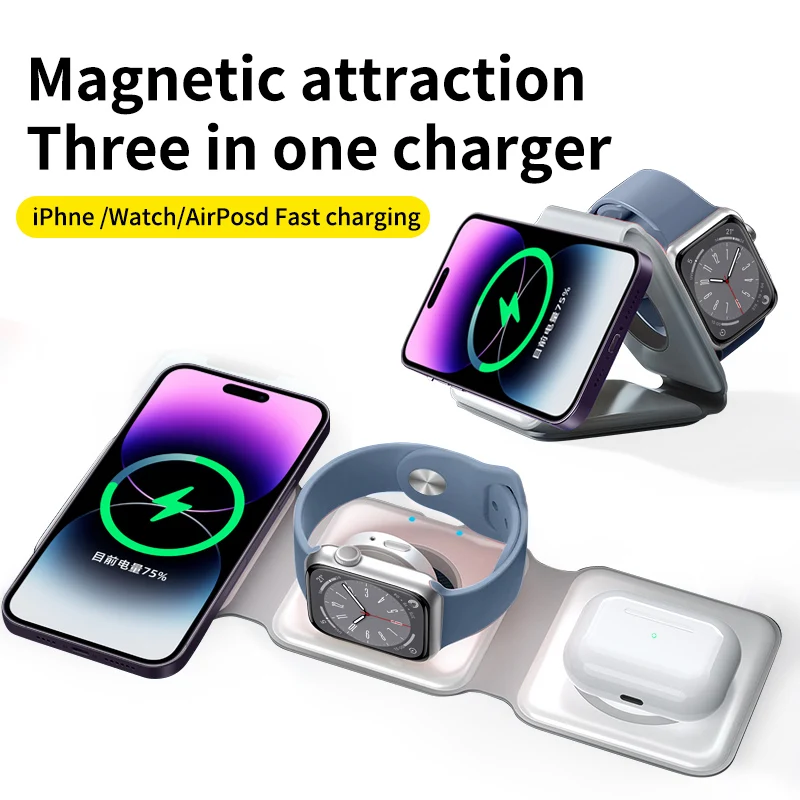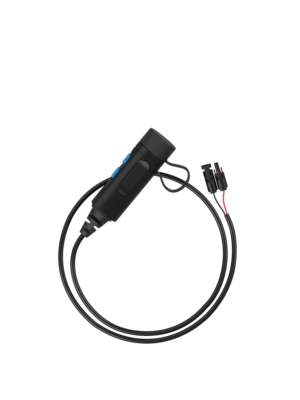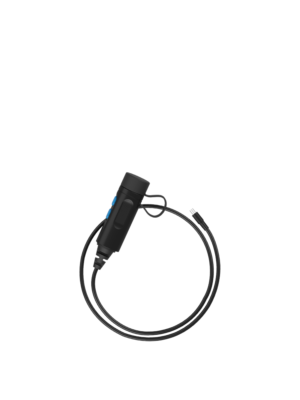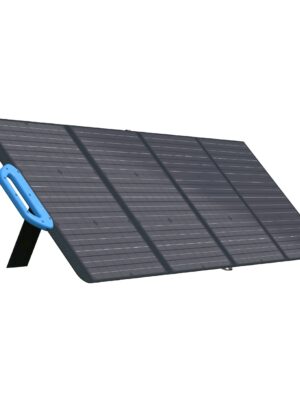Researchers propose fourth traffic signal light for hypothetical self-driving car future
Fully self-driving cars, despite the claims of some companies, aren’t exactly ready to hit the roads anytime soon. There’s even a solid case to be made that completely autonomous vehicles (AVs) will never take over everyday travel. Regardless, some urban planners are already looking into ensuring how such a future could be as safe and efficient. According to a team at North Carolina State University, one solution may be upending the more-than-century-old design of traffic signals.
The ubiquity of stop lights’ Red-Yellow-Green phases aren’t just coincidence—they’re actually codified in an international accord dating back to 1931. This has served drivers pretty well since then, but the NC State team argues AVs could eventually create the opportunity for better road conditions. Or, at the very least, could benefit from some infrastructure adjustments.
Last year, researchers led by civil, construction, and environmental engineering associate professor Ali Hajbabaie created a computer model for city commuting patterns which indicated everyday driving could one day actually improve from a sizable influx of AVs. By sharing their copious amounts of real-time sensor information with one another, Hajbabaie and colleagues believe these vehicles could hypothetically coordinate far beyond simple intersection changes to adjust variables like speed and break times.
To further harness these benefits, they proposed the introduction of a fourth, “white” light to traffic signals. In this scenario, the “white” phase activates whenever enough interconnected AVs approach an intersection. Once lit, the phase indicates nearby drivers should simply follow the car (AV or human) in front of them, instead of trying to anticipate something like a yellow light’s transition time to red. Additionally, such interconnectivity could communicate with traffic signal systems to determine when it is best for “Walk” and “Do-Not-Walk” pedestrian signals. Based on their modeling, it appeared such a change could reduce intersection congestion by at least 40-percent compared to current traffic system optimization software. In doing so, this could improve overall travel times, fuel efficiency, and safety.
[Related: What can ‘smart intersections’ do for a city? Chattanooga aims to find out.]
But for those concerned about the stressful idea of confusing, colorless lights atop existing signals, don’t worry—the “white” is just a theoretical stand-in until regulators decide on something clearer.
“Research needs to be done to find the best color/indication,” Hajbabaie writes in an email to PopSci. “Any indication/color could be used as long as it does not associate with any existing message and does not create confusion.”
This initial model had a pretty glaring limitation, however—it did not really take pedestrians into much consideration. In the year since, Hajbabaie’s team has updated their four-phase traffic light computer model to account for this crucial factor in urban traffic. According to their new results published in Computer-Aided Civil Infrastructure and Engineering, the NC State researchers determined that even with humans commuting by foot, an additional fourth light could reduce delays at intersections by as much as 25-percent from current levels.
Granted, this massive reduction is dependent on an “almost universal adoption of AVs,” Hajbabaie said in a separate announcement this week. Given the current state of the industry, such a future seems much further down the road than many have hoped. But while not a distinct possibility at the moment, the team still believes even a modest increase in AVs on roads—coupled with something like this fourth “white” phase—could improve conditions in an extremely meaningful way. What’s more, Hajbabaie says that waiting for fully autonomous cars may not be necessary.
“We think that this concept would [also] work with vehicles that have adaptive cruise control and some sort of lateral movement controller such as lane keeping feature,” he tells PopSci. “Having said that, we think we would require more sensors in the intersection vicinity to be able to observe the location of vehicles if they are not equipped with all the sensors that smart cars will be equipped with.”
But regardless of whether cities ever reach a driverless car future, it’s probably best to just keep investing in green urban planning projects like cycling lanes, protected walkways, and even e-bikes. They’re simpler, and more eco-friendly.
Please Support Our Sponsors
Solar Power Generator Discounts Along With Free Shipping
- 10% OFF for Jackery Solar Generator 2000 Pro Series with code "JADEAL"
- 10% OFF for Jackery SolarSaga 200W Solar Panel with code "JADEAL"
- 10% OFF for Jackery Solar Generator 1500 Series with code "JADEAL"
- 10% OFF for Jackery Solar Generator 1000 Series with code "JADEAL"
- 10% OFF for Jackery Explorer 1500 Portable Power Station with code "JADEAL"
- 10% OFF for Jackery Explorer 1000 Pro Portable Power Station with code "JADEAL"
- 10% OFF for Jackery Explorer 500 Pro Portable Power Station with code "JADEAL"
- 10% OFF for Jackery Explorer 300 Pro Portable Power Station with code "JADEAL"
- 10% OFF for Jackery SolarSaga 100W Solar Panel with code "JADEAL"

The University of Georgia is represented by the Georgia Bulldogs . The Bulldogs participate in the Southeastern Conference's (SEC) Eastern Division of the NCAA.
They play their home games in the storied Sanford Stadium in Athens, Georgia. The first season in Georgia was in 1892. In 1942, 1980, and 2021, the Georgia Bulldogs won three national championships.
The Georgia Bulldogs have additionally been crowned the National Champion in four additional seasons by at least one polling organization (1920, 1927, 1946 and 1968).
The Georgia Bulldogs are tied for second place in conference history with their 15 conference titles, including 13 SEC titles, and their 59 bowl appearances, which ranks second all-time.
In addition, the program has produced five top picks in the National Football League (NFL) draft, two Heisman Trophy winners, numerous winners of various national honors, and many others.

Longhorns football represents the University of Texas in Austin often known as Texas, UT or the Texas Longhorns. The Longhorns represent the Big 12 Conference in the NCAA Division. They play in Austin, Texas, at the Darrell K. Royal-Texas Memorial Stadium.
The Texas Longhorns are ranked third and seventh, respectively, in terms of all-time wins and win-loss records, with over 900 victories and an overall win-loss percentage of.705.
The legendary program also boasts four national titles, 32 conference titles, 100 First Team All-Americans, and two Heisman Trophy winners.
Get your Texas Longhorns Revival T-Shirt today. The Texas Longhorns Rustic Revival shirt is also a fan favorite.
Many college sports fans like to wear their gear all around town, get your Texas Longhorns Centered gear and show your support.





 Gettr
Gettr



